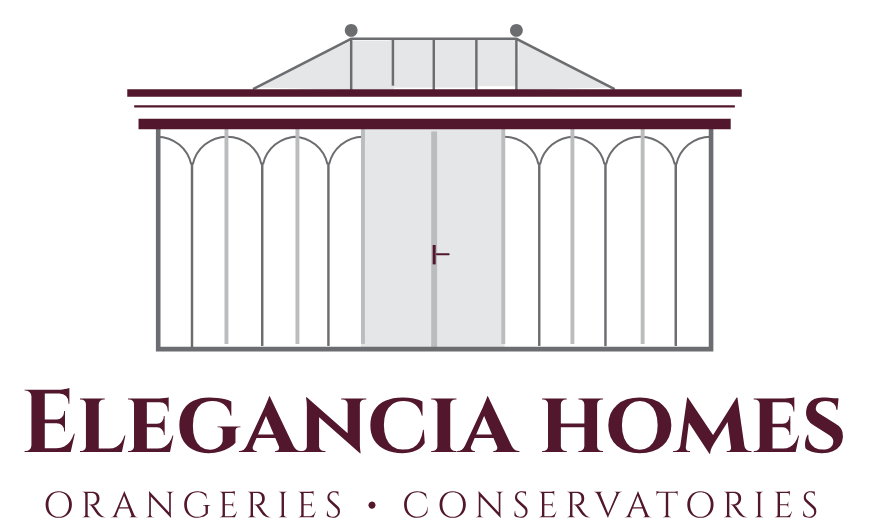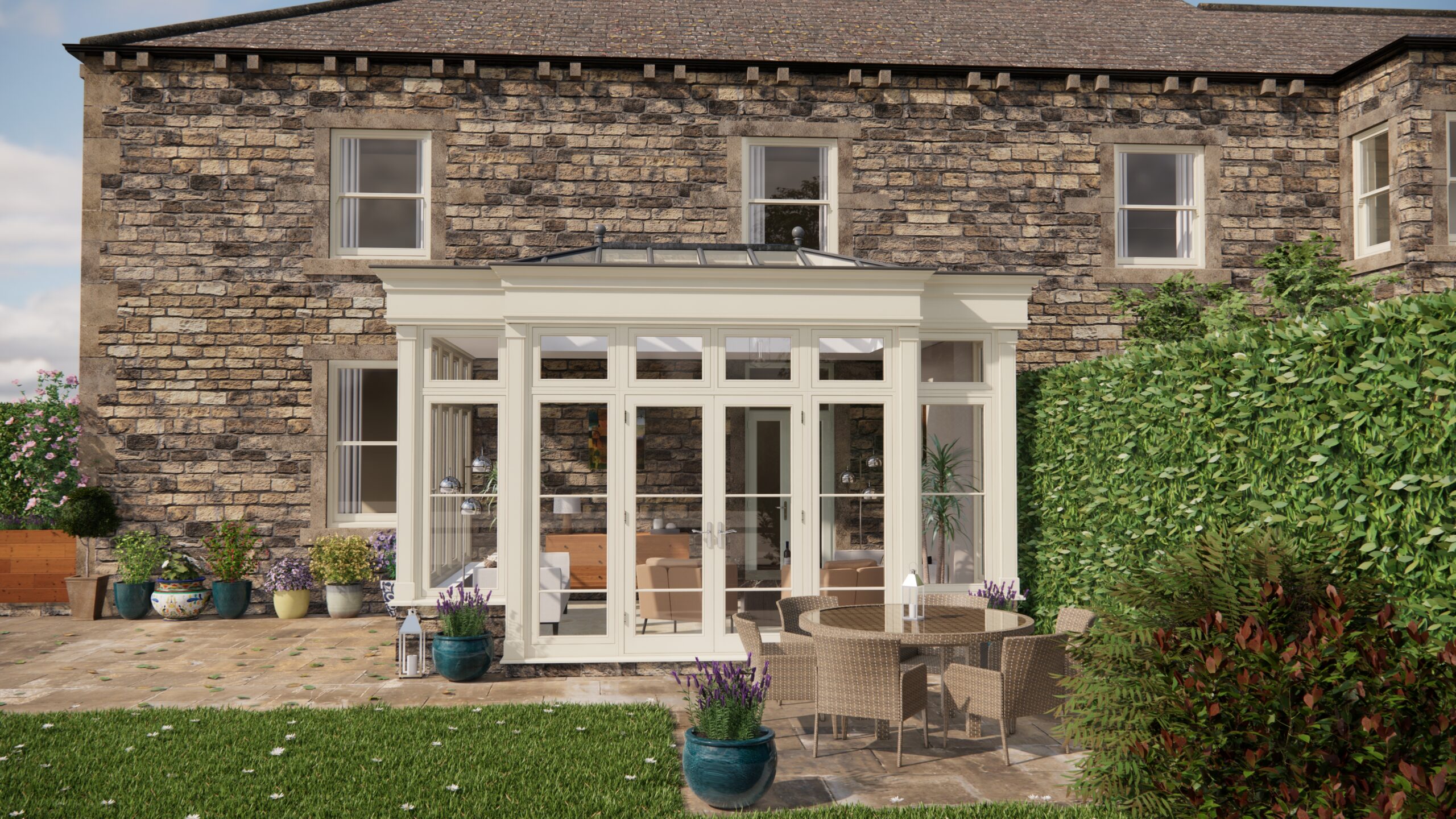Right, so I was chatting with Ava the other day – she’s deep in the midst of planning an orangery extension, and the topic of damp-proofing came up. It’s a biggie, right? You pour all that time and money into a beautiful structure, the last thing you want is damp creeping in and ruining everything. Especially with the unpredictable UK weather!
We were specifically looking at articles discussing orangeries and outbuildings. You know, the ones covering everything from materials, matching the existing house, heating and obviously ensuring the whole thing is secure and water tight. We were interested in techniques for preventing damp penetration, managing condensation, and basically ensuring the orangery stands up to the elements long-term. I thought I’d share some of the things we discussed because they might be helpful for anyone else considering a similar project.
Lime Plaster: A Breathable Solution
The first thing we talked about was lime plaster. Ava was initially a bit hesitant, thinking it was an old-fashioned option, but I explained how it’s actually making a huge comeback, especially in older properties and for eco-conscious builds. The key benefit is its breathability. Unlike modern cement-based plasters, lime plaster allows moisture to pass through it. This is crucial because it means any moisture that gets into the walls can evaporate naturally, preventing it from building up and causing damp.
Think of it like this: modern plasters trap moisture, while lime plaster lets the walls ‘breathe’.
To implement lime plaster, you’d first need to ensure the substrate (the wall underneath) is properly prepared. This might involve removing any existing non-breathable coatings. The lime plaster is then applied in layers, allowing each layer to dry and cure properly. It’s a slower process than using modern plaster, but the long-term benefits in terms of damp prevention are significant.
Breathable Membranes: An Extra Layer of Protection
Next up were breathable membranes. These are thin, waterproof sheets that are installed behind the cladding or render. They act as a barrier against rain and wind-driven moisture, preventing it from penetrating the structure. However, crucially, they also allow water vapour to escape from inside the building. This is where the ‘breathable’ part comes in.
Ava was curious about how they work, so I explained that these membranes have microscopic pores that are large enough to allow water vapour molecules to pass through, but small enough to block liquid water. It’s clever stuff!
Installation typically involves fixing the membrane to the timber frame or wall structure before the outer cladding is applied. It’s important to overlap the edges of the membrane properly to ensure a continuous barrier. You also need to make sure the membrane is compatible with the other materials used in the construction, such as the insulation and cladding.
Natural Insulation Materials: Avoiding Moisture Traps
Speaking of insulation, the type you choose can also have a big impact on damp prevention. Some insulation materials, like closed-cell foam, are impermeable, meaning they don’t allow moisture to pass through them. While this can be beneficial in some situations, it can also trap moisture inside the wall cavity, leading to damp and rot. Natural insulation materials, on the other hand, such as sheep’s wool, wood fibre, or hemp, are more breathable.
Ava’s concern was the effectiveness of these materials. I reassured her that these natural options offer excellent thermal performance while also allowing moisture to dissipate. They also tend to be more environmentally friendly, which was important to her.
When using natural insulation, it’s crucial to ensure proper ventilation within the wall cavity. This can be achieved through the use of air gaps and ventilation openings. It’s also important to choose insulation materials that are resistant to pests and mould.
Managing Condensation: Ventilation is Key
Finally, we talked about condensation. This is a major cause of damp in many homes, particularly in rooms with high humidity levels like kitchens and bathrooms. Orangeries, especially if they’re used for growing plants, can also be prone to condensation.
The best way to manage condensation is through adequate ventilation. This can be achieved through natural ventilation, such as opening windows, or through mechanical ventilation, such as extractor fans or heat recovery ventilation (HRV) systems. HRV systems are particularly effective because they recover heat from the outgoing air, reducing energy loss.
Ava was wondering how to determine the right level of ventilation. I suggested investing in a humidity monitor to track the humidity levels in the orangery. If the humidity is consistently high, it’s a sign that you need to increase ventilation. It is also worth mentioning that ensuring the heating is correct in an Orangery can mean that the building is always at a reasonable temperature, and therefore less prone to damp issues.
We also touched on the importance of addressing any cold spots in the orangery, as these are often areas where condensation tends to form. Improving insulation in these areas can help to reduce the risk of condensation.
So, that was our conversation in a nutshell. Damp-proofing is definitely a complex topic, but by considering these eco-friendly materials and techniques, you can create an orangery that’s not only beautiful but also healthy and sustainable. Remember to always consult with professionals, especially when dealing with listed buildings or navigating building regulations, to ensure your project meets all the necessary requirements.


